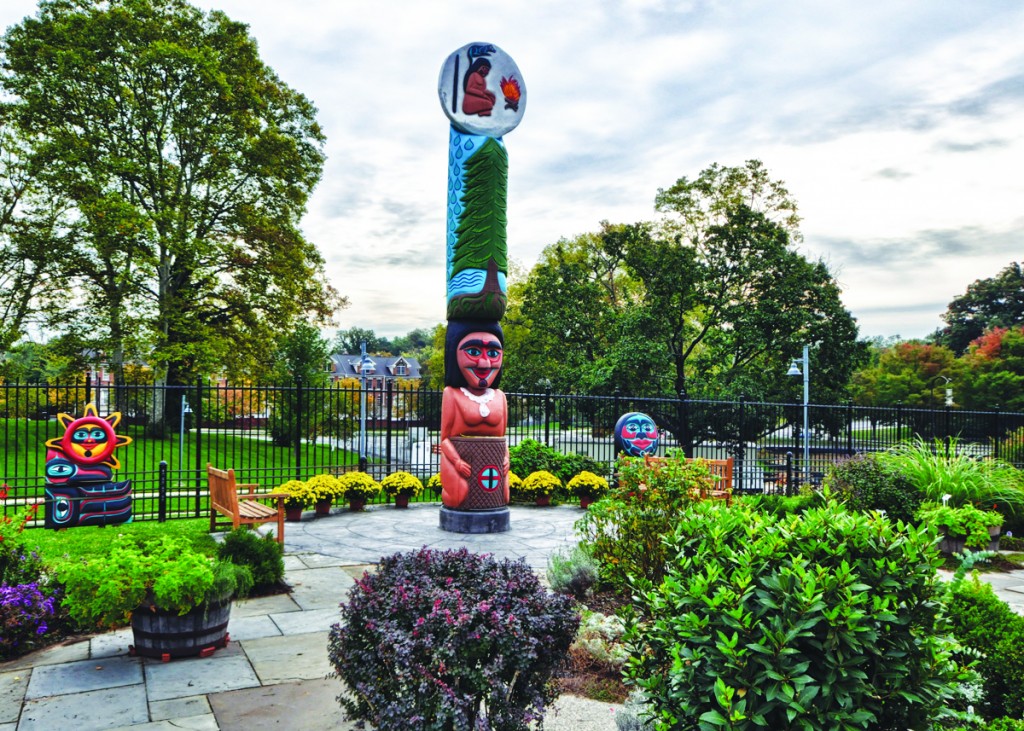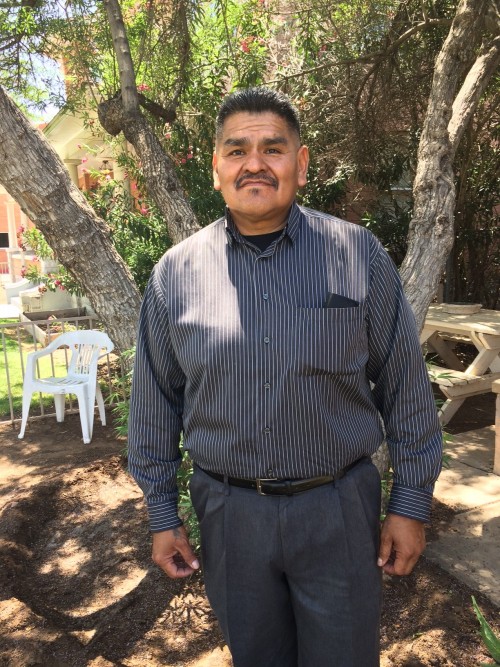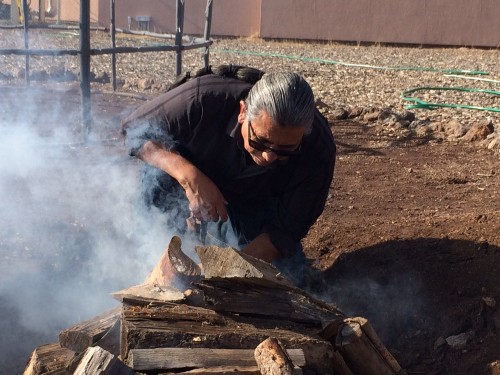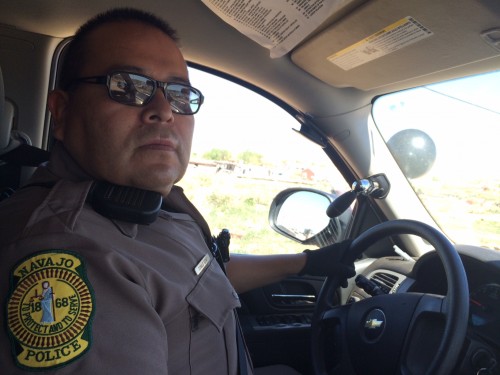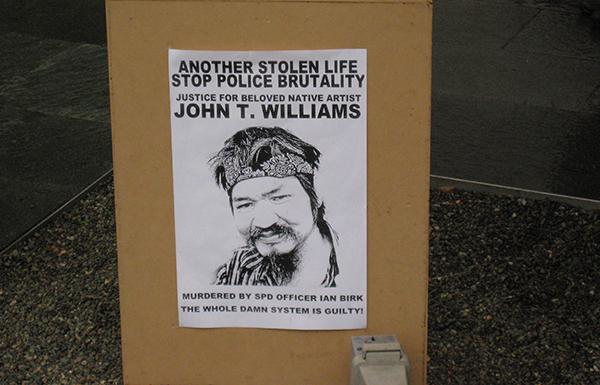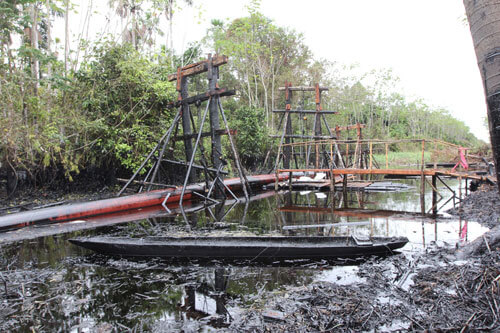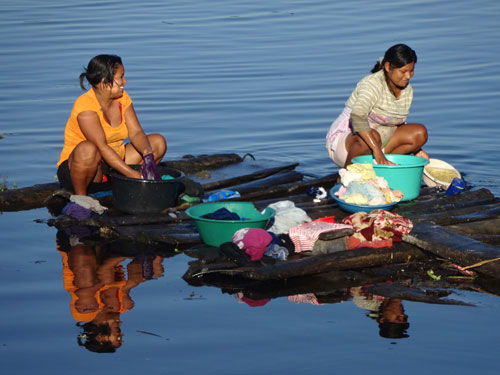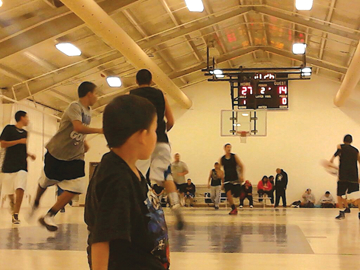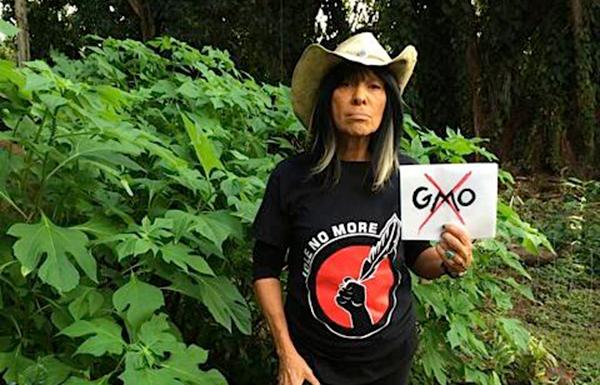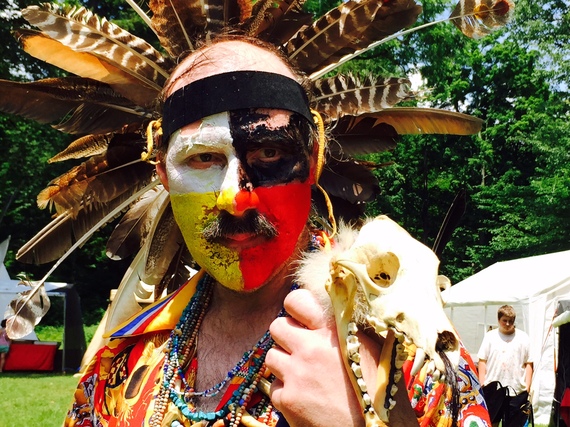
By Mary Annette Pember, Indian Country Today Media Network
The story of Rachel Dolezal, a white woman posing as an African American, shines a light on the strange practice of ethnic fraud. Unfortunately, this practice is old news in Indian Country; non-Natives, mostly Caucasians, have been posing as Native people for years.
“Playing Indian” is so common that most Native peoples have grown inured to the cringe-inducing spectacle of white folks doing ungainly dances at hobby powwows all over the world. Not all participants at these events claim Native ancestry – many just want to be Indian for a day.
There are more and more individuals and groups, however, claiming Native heritage in order to reap benefits, either professional or monetary. Many of these imposters also present themselves to the general public as authorities and spokespeople for Native peoples. These practices are a line in the sand for some Native people like Ben Barnes, Second Chief for the Shawnee tribe of Oklahoma and Tribal Historic Preservation Officer (THPO). He and representatives from other Oklahoma tribes are joining together and taking action.
Barnes and leaders from the three federally recognized Shawnee tribal governments all located in Oklahoma (the Shawnee, Absentee Shawnee and Eastern Band Shawnee, as well as the Miami tribe), traveled to Illinois in May to oppose a state bill that would have conferred state tribal recognition to the Vinyard Indian Settlement. The group, located in Herod, Illinois, claims to be Shawnee.
George Strack, THPO for the Miami Tribe of Oklahoma described the group as hobbyists.
According to a story on the Daily Register newspaper website in Harrisburg, Illinois the legislation recognizing the Vinyard Settlement would have made the group eligible to receive resources from the federal government and state agencies. The group expected to use that funding to create an elder living center, a daycare center and make improvements to the surrounding environment.
Illinois State Representative Brandon Phelps, D-Harrisburg, introduced the bill into the Illinois House in February, where it passed unanimously and was headed to the Senate for what appeared to be easy passage until representatives from the Oklahoma tribes presented the legislature with historic documentation that called the Vinyard claims into serious question.
Tribal leaders from Oklahoma are hopeful that the bill will not resurface. “Groups like the Vinyard tribe take funding that is earmarked for genuine state and federally recognized tribes,” Barnes said. He also noted that states without federally recognized tribes have little experience in Native affairs and can easily fall victim to claims by hobby groups. “Some of the states are simply unaware of how to verify the claims made by these groups and are often misled.
“There are about 35 groups claiming Shawnee heritage who have formed 501 c 3 (non-profit) status with the government. Some conduct public presentations falsely claiming to present Shawnee culture and tradition,” according to Barnes.
Most of the 35 groups are located in Ohio. Some, such as the United Remnant Band (URB) of Shawnee claim to have formal state recognition.
Ohio has no state recognized tribes nor does it have a recognition process, according to Rob Nicholas Communications director for office of Ohio Gov. John Kasich.
In 2007, the U.S. Mint issued offered customer refunds for pouches produced by the URB for the 2004 Lewis and Clark Commemorative. According to an article in the Los Angeles Times, the Shawnee group was one of several Indian tribes hired by the federal government to manufacture pouches sold with the limited run of 50,000 silver dollars. The Ohio Shawnees were involved in making about 2,000 pouches, and were cited in the “certificate of authenticity” that came with each coin-and-pouch set.
The problem, the mint said, is that “neither state nor federal authorities recognize the Shawnee Nation United Remnant Band of Ohio as an official Indian tribe.” As such, “the pouch is not an authentic American Indian arts and crafts product.”
According to Barnes, the Shawnee tribe has found all of the claims by these groups to be unfounded. “These groups are misleading the public especially when they are associated with state museums, parks and schools,” he said.
He is concerned with activities at the Fort Ancient Archeological Park in Oregonia, Ohio, where he believes the museum relies on hobbyists, many of them from the 35 groups falsely claiming Shawnee citizenship, to present facts about Shawnee culture and history to visitors.
Fort Ancient is the site of a series of massive earthworks created by the Hopewell, an ancient Native American culture. Shawnee people believe they are descendants of these people. It is one of 58 historic sites and museums owned by the Ohio History Connection, a non -profit organization that serves as the state’s partner in preserving Ohio’s history.
According to the Fort Ancient website, “the sites mission is to provide visitor and educational services focused on archaeology, Native American culture, and heritage stewardship as they relate to the site.”
Fort Ancient site archaeologist Jack Blosser says thousands of school children tour the site each year, where they are presented with information about the site’s history as well as information about contemporary Native culture.
Fort Ancient also sponsors the annual Fort Ancient Celebration that is structured like a powwow with drum groups singing under a central arbor with attendees clad in various interpretations of Native regalia dancing in a circular direction around the arbor. According to the Fort Ancient website, the Celebration features Native heritage experts from whom visitors can learn about ancient and current Native Americans.
Indian Country Today Media Network (ICTMN) recently published an article about controversy surrounding the event.
Barnes noted that the Ohio History Connection has reached out to the three Shawnee tribes for discussions about pursuing status as a world heritage site with United Nations Educational, Scientific and Cultural Organization (UNESCO) for some of the earthworks sites. Fort Ancient, however, has not sought any tribal involvement in creating public programs purporting to present facts about the Shawnee.
Barnes believes that the general public is being misled by the information presented at Fort Ancient.
Its managers may be taking note of those concerns; ICTMN visited Fort Ancient’s Celebration earlier in June and observed that several vendors displayed signs indicating that their goods were “Native inspired.”
This was presumably done in response to tribal concerns regarding violations of federal Indian Arts and Crafts Act that prohibits misrepresentation in marketing of Indian arts and crafts.
Additionally Lynn Hanson, vice president of the Dayton Society of Natural History, the organization that manages the Fort Ancient site for the Ohio History Connection said that managers of the site are grappling with a way to address concerns by federally recognized tribes. “Ohio has so little contact with Native peoples, their issues and concerns that we know little about them. We need to address this,” she said.
Hanson indicated that the Dayton Society hopes to follow the lead of the Ohio History Connection and begin to involve leaders of the federally recognized tribes in Oklahoma in conversations about Fort Ancient programming. “We want to work on a way to fix this while still making the site open and available to everyone,” she said.
When fantasy takes over
While people of color may see ethnic fraud as the ultimate luxury of choice for white people, it speaks to a darker psychology that serves a strange need for some. According to an article in Thinkprogress, such self-deception allows people to avoid uncomfortable parts of their lives. It could also be an indication of body dysmorphic – a condition in which people are preoccupied with their appearance and go to great lengths to change it.
The article further noted that humans have the unique ability to keep absolute truths out of their mind so they can lead more pleasant lives.
As we’ve seen in the Rachel Dolezal case, however, the pursuit of a more pleasant and interesting life may wreck havoc on the lives and cultures of others.
Sherri Clemons, THPO for the Wyandotte tribe of Oklahoma the genuine descendants of the ancestors found in Danbury, found out about the reburial two years after the event. “When we unearthed the remains we found they had been buried in plastic garbage bags and an old whisky box,” she said.
“When news of archeological finds gets out to the public, these fake groups come out of the woodwork and try to lay claim to remains,” she said. “This has been going on in Indian Country for a long time. We have to fight these fake organizations every time and convince state governments we are the people they should be dealing with.”
The Wyandottes were finally successful, two years after finding out about the remains, in giving their ancestors a proper burial.
Why do so many people claim to be Native American? ICTMN recently published an article about a new report by the Pew Research Center on the growing number of multiracial adults in the U.S.
“When news of archeological finds gets out to the public, these fake groups come out of the woodwork and try to lay claim to remains,” she said. “This has been going on in Indian Country for a long time. We have to fight these fake organizations every time and convince state governments we are the people they should be dealing with.”
The Wyandottes were finally successful, two years after finding out about the remains, in giving their ancestors a proper burial.
Why do so many people claim to be Native American? ICTMN recently published an article about a new report by the Pew Research Center on the growing number of multiracial adults in the U.S.
According to the report, 6.9 percent of the adult population “could be considered multiracial,” and that biracial adults who claim to be white and Native American “comprise half of the country’s multiracial population – by far the country’s largest multiracial group.”
“Everybody wants to be Indian these days,” Clemons noted.
“I think people want to know where they belong. They come to us with stories handed down through their families about a Wyandotte ancestor,” she said.
“Nine times out of 10 we can’t offer them any proof of their stories and they are disappointed,” said Clemons.
This story was originally published in Indian Country Today Media Network
